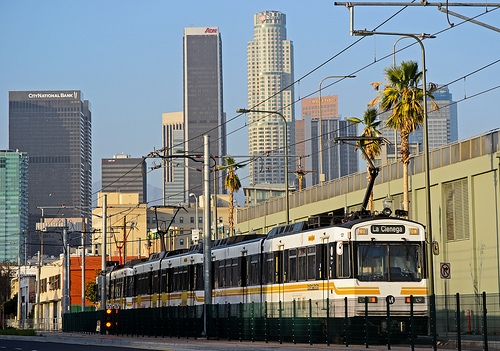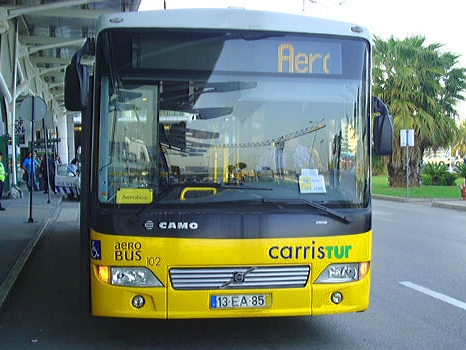The video begins at 0:30.
View slides
Topic: Examining the Role of Internal Planning Decisions in Improving Transit Performance and Economic Outcomes
Summary: Scholars and practitioners continuously seek best practices to increase transit ridership, efficiency, and modal share. The ongoing suburbanization and decentralization of U.S. metropolitan regions brings new challenges for accomplishing these goals. Investigating possible strategies for improving transit outcomes in the existing socioeconomic setting, scholars from the Florida State University have pointed to the role of internal performance factors. In a series of research studies, they have found that improving transit service characteristics, such as frequency, connectivity, regional coverage, intermodal integration, as well as decentralization of network structures, could result in increased transit ridership and productivity. These positive effects could be observed even in auto-oriented, low-density environments.
This presentation will briefly summarize the previous findings regarding the role of internal factors in improving transit performance and elaborate on the most recent study, which has attempted to assess the economic effects of implementing planning strategies based on adjusting the internal...
Read more


